The Theft of India
The European Conquests of
India, 14981765
ROY MOXHAM

HarperCollins Publishers India
Dedicated to all those across the world who campaign for equality of opportunity.
Contents
Having spent some years in colonial and post-colonial Africa, I first visited India in 1992. It soon became apparent to me that the impressions I had formed of a benevolent British rule bore, as they had in Africa, little resemblance to the reality. The British had indeed improved education, irrigation and transport, but there was a much darker side too.
By chance I came across a reference to the Imperial Customs Line, a barrier that the British used to fence off the eastern part of India in order to impose a huge tax on salt. None of the standard histories of India mentioned this barrier. Following its path, and delving into its history for my book, The Great Hedge of India, I was shocked to discover that it had made salt, an essential commodity, prohibitively expensive for millions of Indians and that many had perished as a result. Similarly, while researching for my book Tea: Addiction, Exploitation and Empire, I discovered that hundreds of thousands of Indians had died unnecessary deaths because of the harsh conditions on Indias nineteenth-century, British-owned tea estates. Again, this was not mentioned in the standard histories of India. On completion of these two projects, I began to research the impact of European colonialism on the Indian peninsula.

Accounts by early travellers of Indias riches its spices, gold and gems had excited the imagination of the Europeans. Some of these luxuries had been brought to Europe by the Romans, but when the Roman Empire collapsed, the Europeans became reliant on supplies coming through Arabia and Persia. In the fifteenth century, Portugal and Spain developed ships equipped with powerful artillery that could travel beyond Europe. To avoid clashes between the two Catholic countries, the Pope divided the world into two spheres of influence. The East, which included India, would be explored by the Portuguese. In 1498, Vasco da Gama discovered the sea route from Europe to India. Thereafter, Europe would no longer be dependent on Indias riches being supplied through the Middle East.
With their control of the seas, the Portuguese established a monopoly over trade between India and Europe. They seized Goa and several other enclaves. Events in Europe then began to impact on India. Portuguese naval supremacy was gradually eroded by the Dutch and the English, who themselves began to travel to India, and who eventually destroyed the Portuguese monopoly. The English largely confined their activities to trade while the Dutch, alongside trading, colonized parts of India. The Danes also established colonial enclaves. The French were the last great European power to arrive and set up colonial enclaves. The wars in Europe between the French and the British then spread into India. Eventually the British were victorious.

Rather than consult the usual history books, I sought out, for the most part, accounts written by eyewitness of all these events. Many of these have been published, with helpful editing, over the last century and a half by the Hakluyt Society. There were other memoirs too. I supplemented these readings with the study of academic papers, whose existence was hardly known beyond academia, by such outstanding scholars as C.R. Boxer. Gradually I built up a picture of what really happened.
The Theft of India highlights the terrible suffering inflicted on Indians by the European powers during the three centuries that followed Vasco da Gamas discovery of the sea route from Europe to India. For most Indians, life under the Mughals was considerably worse than is generally portrayed, but at least the Mughal spoils were generally retained in India. The Europeans, however, exported not only vast amounts of Indias wealth but thousands of Indian slaves too.
European oppression began with a reign of terror by the Portuguese. Entire communities were massacred, and those who survived were often forced to convert to Christianity. Many of them were victimized by the Portuguese Inquisition and atrocities continued to take place under the conquests of the Dutch and French. All these European powers exported slaves, mostly to the East Indies. Finally, the British, who until the eighteenth century had largely confined themselves to peaceful trade, conquered Bengal. They imposed a chaotic administration and seized much of Bengals wealth, which they then exported to Britain. The impoverished population, without money to purchase food from other parts of India, could not fend off famine as they had in previous years. Millions starved to death.
Numerous eyewitness accounts by both Indians and Europeans bring all these events to life.
We took a ship from Mecca in which were 380 men and many women and children, and we took from it fully 12,000 ducats, with goods worth at least another 10,000. And we burned the ship and all the people on board with gunpowder.
A Portuguese companion of Vasco da Gama, 1502.
O n 20 May 1498, Vasco da Gama anchored his ships just north of Calicut on the Malabar Coast of India. These were the first ships to reach India from Europe. Calicut was a haven of peaceful trade for the ships of the many nations that came to purchase Indias spices. Only two years later the Portuguese would capture those ships, slaughter their crews, train their cannon on Calicut, destroy its houses and kill its inhabitants. The Portuguese terror would have started.

The Indian Ocean was not unexplored territory. Vasco da Gamas achievement had been in finding the route from Europe around the tip of Africa an achievement that would transform the trade between Europe and Asia. Once he had reached the Indian Ocean he was in a sea that had been traded on for at least two thousand years. Spices from India were well known in Europe. They were much in demand, especially pepper, but they had usually come by sea to the northern ports of the Indian Ocean and then been taken overland.
Pepper had been used in ancient Egypt as a part of the armoury of spices used to embalm its rulers. The mummy of Ramesses II, who died in 1213 BC, is in the Cairo Museum. X-ray examination has revealed a peppercorn stuffed and sealed into each nostril. Pepper was the most important item imported from south India by the Greeks and the Romans. It is mentioned by Aristotle, and was recommended by the famous physician Hippocrates, when mixed with vinegar and honey, as a cure for an infected uterus. Much of this pepper probably travelled through Egypt, which came under Greek control in the fourth century BC. It seems to have been used solely as a medicine until the Roman emperor Augustus started to use it as a condiment. It was during his reign that the Romans annexed Egypt in 30 BC. The Romans transformed the trade across the Arabian Sea. In the middle of the first century they had become acquainted with the details of the monsoon already well known to the Arabs and had built large ships to travel directly from Egypt to southern India. Pliny the Elder tells us that the journey from Ocelis, at the mouth of the Red Sea, to Muziris on the Malabar Coast in south-west India, took one month. The Romans destroyed the principal Arab trading centre of Aden, and made treaties with the smaller ports on the Arabian coast so that they could dominate the spice trade. By the end of the first century, spices were no longer a scarce luxury for the Romans. Alexandria became the centre of the spice trade, with large pepper warehouses. The use of pepper spread across the Roman Empire. In Rome itself, Emperor Domitian built pepper warehouses, the remains of which are still visible. Pepper was used both in the kitchen and at table. Several exquisite pepper pots from this period have been discovered in France and in Britain.
Next page

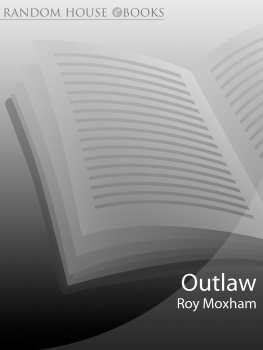
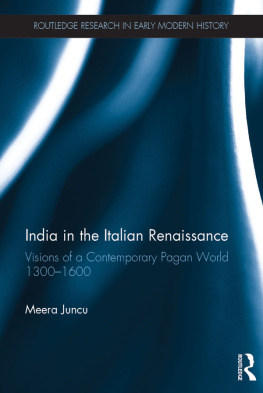

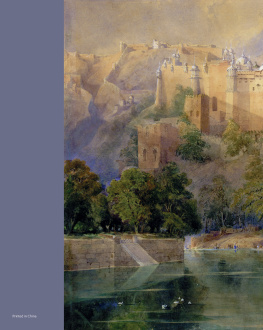
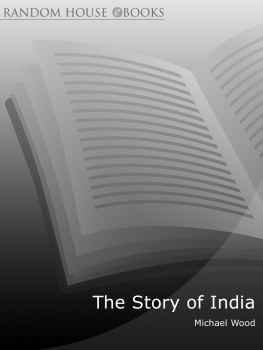
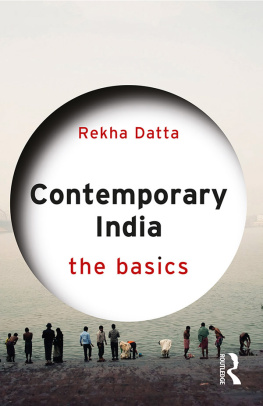
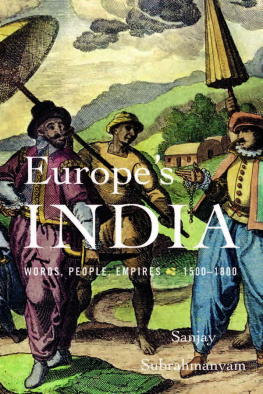
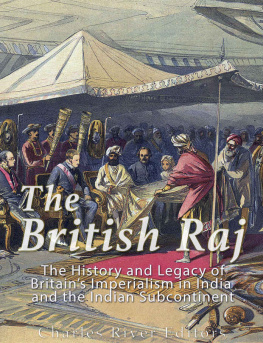
![Keith Bain - Frommers India [2010]](/uploads/posts/book/43617/thumbs/keith-bain-frommer-s-india-2010.jpg)

